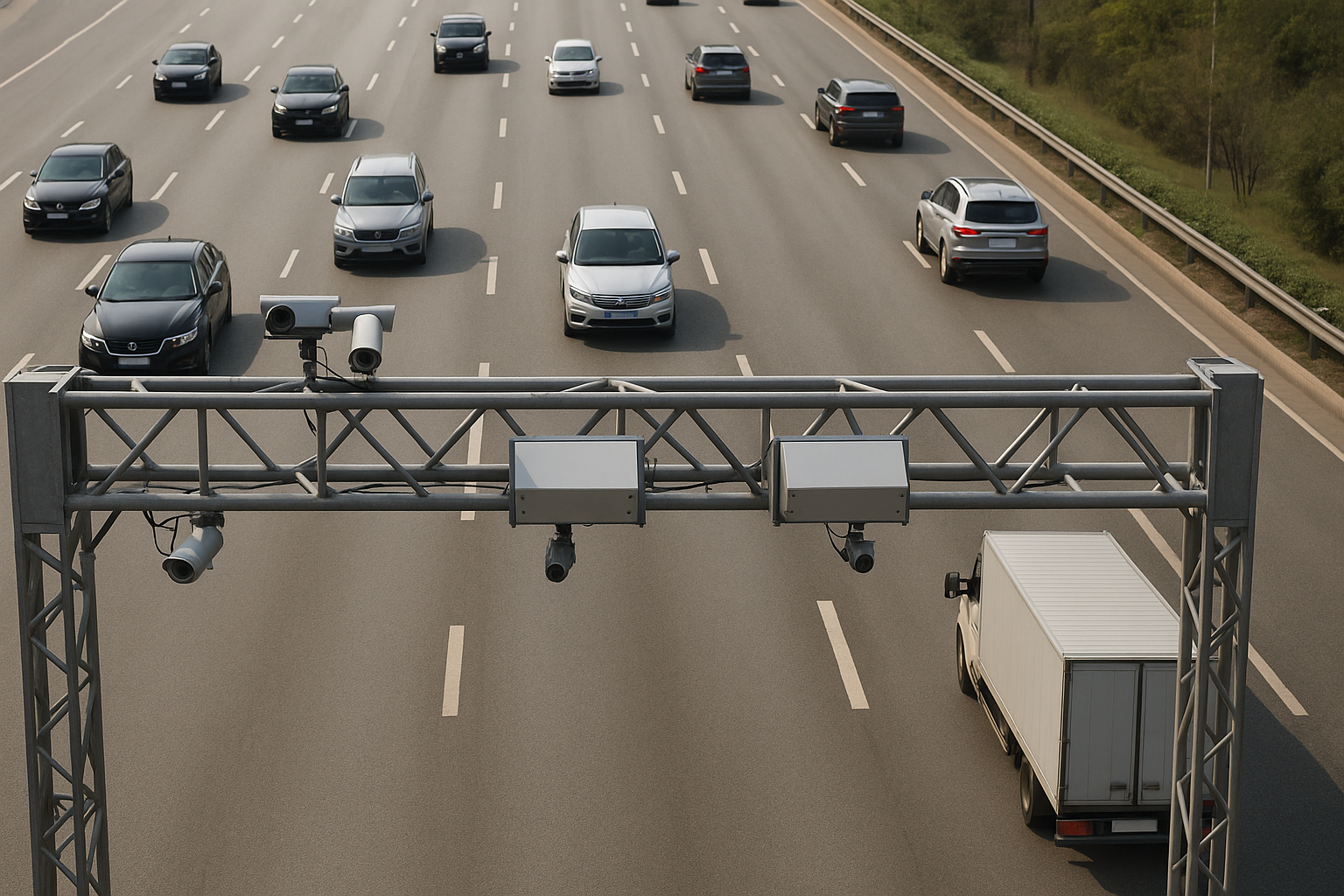Dormant toll data becomes vital tool in urban traffic forecasting
The study explores multi-source data fusion and artificial intelligence for ETC-enhanced urban analytics. By combining ETC data with floating car data, GPS inputs, and video detection, cities can achieve dramatically improved accuracy in estimating traffic conditions.

- Country:
- China
China’s massive investment in electronic toll collection (ETC) infrastructure may be set to transform urban traffic management nationwide, according to a new survey of emerging sensing and analysis technologies. The review, titled "Urban Traffic State Sensing and Analysis Based on ETC Data: A Survey", was published in the June 2025 issue of Applied Sciences. The study highlights how ETC systems, originally deployed for highway tolls, are now central to next-generation smart city applications, including real-time traffic monitoring, congestion prediction, and environmental impact mitigation.
Conducted by researchers from Tongji University, the study offers a detailed assessment of ETC's evolution from a tolling mechanism to a robust data-rich platform for urban traffic state sensing. Drawing on multi-source data fusion and advanced artificial intelligence methods, ETC-based sensing is described as critical for enhancing accuracy, scalability, and predictive capabilities in city transportation systems.
Can ETC data accurately represent citywide traffic conditions?
The authors argue that ETC systems, built on Dedicated Short-Range Communication (DSRC) technology, now offer precise vehicle identification, vast spatiotemporal coverage, and resilient data quality. These attributes allow for comprehensive traffic state sensing at microscopic (individual vehicle), mesoscopic (road segment), and macroscopic (regional network) levels.
Traditionally underused, the immense volume of ETC-generated data, often termed "dormant", is now being mined for detailed features like vehicle speeds, travel times, queue lengths, and traffic densities. Algorithms can reconstruct vehicle trajectories and detect bottlenecks, providing city planners with actionable insights into road segment reliability and network congestion hotspots. Unlike loop detectors or video surveillance, ETC’s data stream is less affected by weather, offers lower maintenance costs, and enables continuous vehicle tracking.
However, the study acknowledges challenges. Speed measurements near gantries may not always represent true average speeds across segments. Moreover, standardization of infrastructure across cities and privacy concerns around detailed trajectory data remain significant hurdles.
What role does data fusion and AI play in traffic prediction?
The study explores multi-source data fusion and artificial intelligence for ETC-enhanced urban analytics. By combining ETC data with floating car data, GPS inputs, and video detection, cities can achieve dramatically improved accuracy in estimating traffic conditions.
The research outlines how simulation experiments in Shanghai validated that fusion strategies, especially when using optimized ratios of floating car data, yield reliable average speed and congestion maps. These integrated systems allow for enhanced signal control at intersections, proactive rerouting, and more efficient freight and logistics operations.
Artificial intelligence further enhances ETC’s utility. Deep learning models, such as STGAFormer and COOL, enable temporal pattern recognition in traffic flows and support forecasting even in disrupted environments. Other studies cited in the review deploy explainable AI (xAI) to make machine learning predictions more transparent and accountable - key for policymaking in densely populated urban settings.
Such integration is pushing ETC toward serving as the backbone of real-time decision support systems for urban traffic control, enabling shifts from reactive to predictive traffic governance.
How will ETC-based systems shape the future of urban transportation?
Looking ahead, the study envisions a transformative role for ETC in achieving sustainable, intelligent mobility in China’s rapidly urbanizing regions. ETC systems are now being repurposed for smart parking, congestion pricing, and integration with Mobility-as-a-Service (MaaS) platforms. Their application scope is growing into areas like freight logistics, where precise vehicle tracking aids delivery optimization and regulatory compliance.
Edge computing and 5G connectivity are also cited as critical enablers of ETC’s next phase. Decentralized data processing at roadside units will reduce latency and allow millisecond-level responses, ideal for real-time adaptive signal control and vehicle–infrastructure coordination in connected vehicle ecosystems.
Environmentally, ETC is poised to support carbon reduction goals. Studies referenced show that electronic tolling lanes reduce particulate emissions compared to manual systems. Additionally, data-driven congestion mitigation reduces idle times and overall vehicle emissions, contributing to greener urban mobility.
Despite these advances, challenges remain. Inconsistent infrastructure deployment across cities, data privacy concerns, and the lack of a unified technical standard could stall large-scale adoption. Moreover, building public trust in ETC-enabled monitoring systems is crucial, especially when it involves tracking individual travel behaviors.
- READ MORE ON:
- ETC-based traffic sensing
- urban traffic monitoring
- AI in transportation systems
- intelligent traffic systems China
- traffic prediction using ETC
- ETC systems in urban traffic control
- AI-powered urban mobility
- smart transportation in Chinese cities
- AI for smart cities
- 5G-enabled traffic systems
- FIRST PUBLISHED IN:
- Devdiscourse










